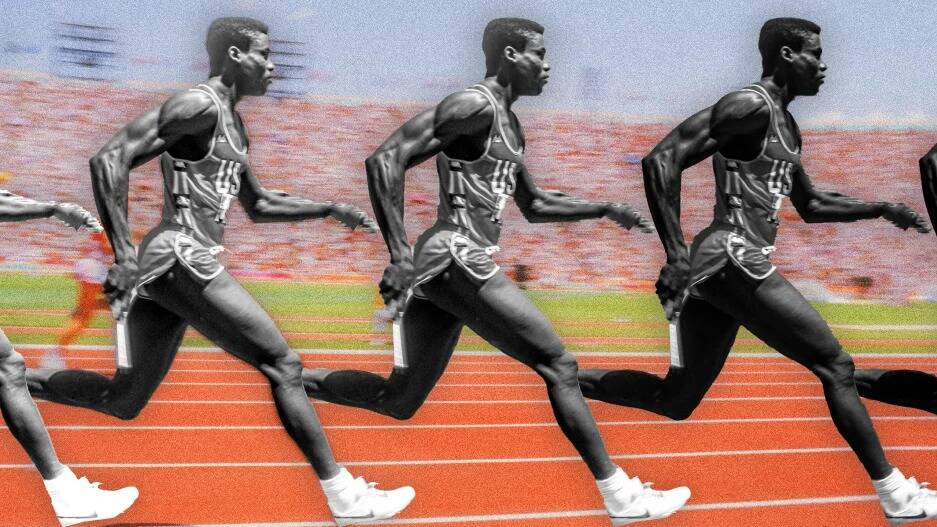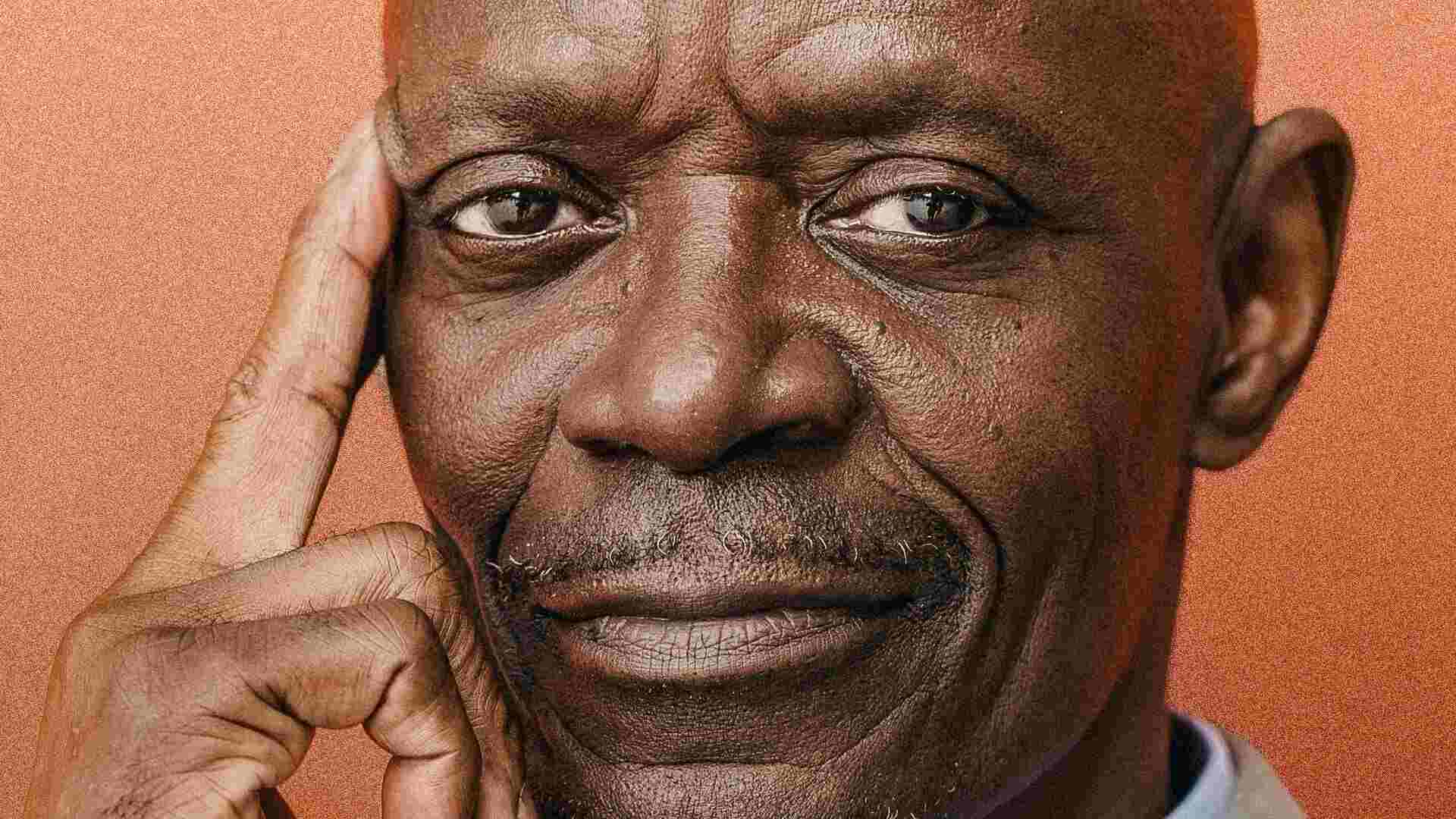- | 8:00 am
How the 85% rule can help you succeed at work
It’s about working smarter, not harder.

Running legend and nine-time Olympic gold medalist Carl Lewis was known as a slow starter. He would begin his run at the back of the pack, yet he’d often end up finishing first. While it sounds counterintuitive, Lewis’s method was simple and sound, says Suneel Gupta, author of Everyday Dharma: 8 Essential Practices for Finding Success and Joy in Everything You Do.
“Start each sprint with a relaxed posture and maintain that stance the entire time,” Gupta says. “While other runners would often tense up their faces, scrunch their jaws, and tighten their fists, sapping their energy, Lewis stayed calm and comfortable. Later, he’d swish by them, one by one.”
In the sprinting world, Lewis’s style became known as the 85% rule. The idea is that instead of applying maximum effort, allow yourself to remain loose. This approach frees up awareness, frees up presence, and frees up power—all the qualities we often associate with success. And the 85% rule can help in life, too.
“Many of us have been conditioned to believe that nothing good comes without maximum pressure,” says Gupta. “In order to get great results, you need to put the most pressure into a situation as possible. But that mindset has been debunked and not just in sports.”
A study from City University in London looked at the careers of more than 50,000 employees across industries and found that extra effort measured by hours and intensity did not benefit the career or income for employees and leaders. In fact, there were times where the overtime work and the extra intensity reduced the quality of the output, because it led to more burnout than it did success, says Gupta. Instead, limiting the duration and intensity of work improved output results.
APPLYING THE 85% RULE
Working smarter instead of harder makes sense, but how do you do it? The first step is what Gupta calls “effort calibration.” When you go into any situation, such as a meeting, presentation, or simply doing a block of work at your desk, ask yourself how much effort and pressure are actually needed to be effective.
“The answer might not be maximum effort,” he says. “You might find that it’s much less than that. Then calibrate to it. For example, if you’re walking into a presentation or a meeting with your team, you may decide to be effective, it’s not 100% you need; it’s actually 70%.”
EXPEL EXTRA ENERGY
Another step for applying the 85% rule is finding ways to reduce the pressure. Gupta says one effective technique is getting some form of movement or exercise before the event. “Embarrassing as it is, there are a lot of times where you’ll see me off to the side before a meeting doing jumping jacks,” he admits. “It burns off a little bit of the intensity.”
If jumping jacks aren’t an option, Gupta suggests putting your hand over your heart and take a few deep breaths. “That can also be a really effective way of dialing it down a little bit,” he says.
Walking into the moment with the right calibration of intensity not only benefits you; it helps your colleagues. “How annoying is it when somebody walks into a moment with extra intensity that is not needed in that situation?” he asks Gupta. “It only not only burns out that person; it has a burnout effect on the people around them, as well.”
FILL UP YOUR ENERGY TANK
In addition to burning off energy, Gupta suggests practicing rhythmic renewal. “Instead of waiting for vacations or long weekends to get periods of rest, high performers take frequent focused breaks every single day,” he says. “The average high performer takes around eight breaks every single day.”
Gupta recommends what the “555 model,” which is working for 55 minutes and taking five minutes of rest. “The break can be anything from sipping a cup of coffee to listening to music or meditating,” he says. “Anything, so long as it’s deliberately non-productive. Each of those five minutes will make the other 55 minutes far more productive, far more creative, far more reflective. You’ll have more energy for yourself and the people around you.”
Rhythmic renewal tends to loosen you up, which also has benefits says Gupta. “Oftentimes, the reason that we feel burned out at the end of the day is because we’ve accumulated all the intensity throughout our day,” he says. “If we can create these little moments of rest throughout the day, you start to shake off some of that extra intensity, and you can bring a much calmer state of focus to each moment throughout the day.”
CALIBRATE AND RECALIBRATE
The 85% rule is easily testable and scalable, says Gupta. After a presentation, meeting, or work session, take 60 seconds to reflect.
“Ask yourself, how much intensity did I bring to that moment? Was that level intensity appropriate? Or do I want to recalibrate in my next moment?” asks Gupta. “If we take 60 seconds or less of reflection after key moments, we will naturally start to recalibrate to the right level of intensity.
“The beauty of it is that it can be a constant experiment in your life. Every day is an opportunity to test something new. When we do that, we start to save our energy.”







































